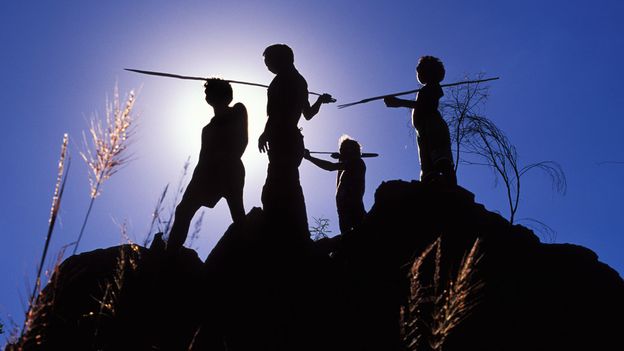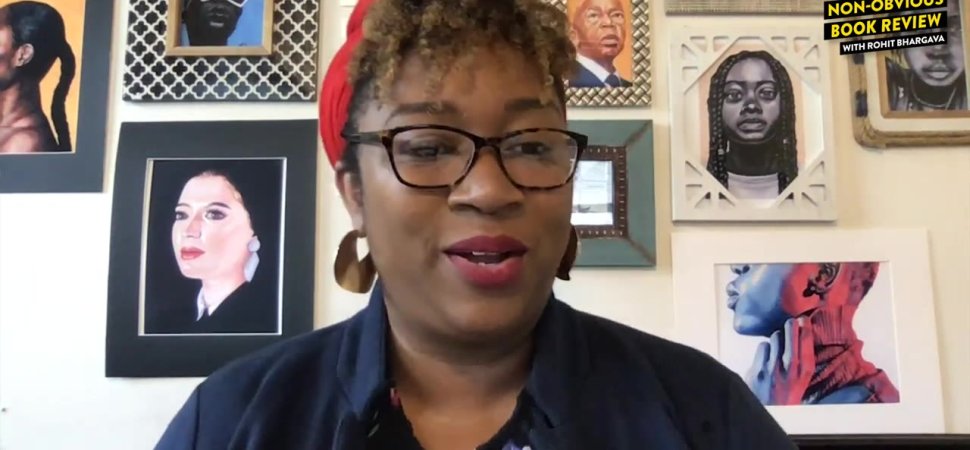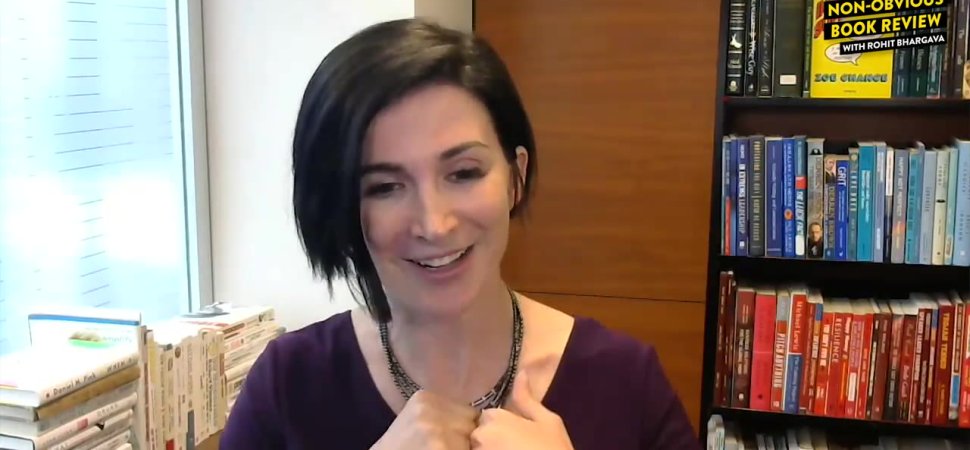   
CEO Picks - The best that international journalism has to offer!
 S20 S20Taupo: The super volcano under New Zealand's largest lake   Located in the centre of New Zealand's North Island, the town of Taupo sits sublimely in the shadow of the snow-capped peaks of Tongariro National Park. Fittingly, this 40,000-person lakeside town has recently become one of New Zealand's most popular tourist destinations, as hikers, trout fishers, water sports enthusiasts and adrenaline junkies have started descending upon it.The namesake of this tidy town is the Singapore-sized lake that kisses its western border. Stretching 623sq km wide and 160m deep with several magma chambers submerged at its base, Lake Taupo isn't only New Zealand's largest lake; it's also an incredibly active geothermal hotspot. Every summer, tourists flock to bathe in its bubbling hot springs and sail through its emerald-green waters. Yet, the lake is the crater of a giant super volcano, and within its depths lies the unsettling history of this picturesque marvel.
Continued here
|
 S35 S35Mouse Mummies Show Life Persists in Mars-like Environment   Tiny mice found mummified at the summits of Andean volcanoes appear to be living in the harsh environment, which resembles Mars more than it does EarthTiny mice found mummified on the peaks of Andean volcanoes had made a home in the Mars-like environment, new evidence suggests—as impossible as the feat would seem.
Continued here
|
| ? |
 |
 S26 S26Science News Briefs from around the World: November 2023   Coral trysts by moonlight in French Polynesia, polluted Antarctic wilderness, mummified bees in Portugal, and more in this month’s Quick HitsResearch stations in Antarctica have polluted surrounding ocean areas with heavy metals, fuel components and carcinogenic compounds, a new study shows. The contamination has accumulated because of poor waste management over decades.
Continued here
|
 S27 S27Why Settling Mars Is a Terrible Idea   The downsides of spacefaring, infiltrating Florida’s gator poachers, and more books out this monthA City on Mars: Can We Settle Space, Should We Settle Space, and Have We Really Thought This Through?by Kelly Weinersmith and Zach WeinersmithPenguin Press, 2023 ($32)
Continued here
|
| ? |
 |
 S33 S33Generative AI Models Are Sucking Data Up From All Over the Internet, Yours Included   In the rush to build and train ever-larger AI models, developers have swept up much of the searchable Internet, quite possibly including some of your own public (and possibly private) data.Sophie Bushwick: To train a large artificial intelligence model, you need lots of text and images created by actual humans. As the AI boom continues, it's becoming clearer that some of this data is coming from copyrighted sources. Now, writers and artists are filing a spate of lawsuits to challenge how AI developers are using their work.
Continued here
|
 S8 S8
| ? |
 |
|
| ? |
 |
|
|
 S7 S7 S25 S25Livestream shopping keeps failing in India. Amazon thinks it has the answer   Standing in front of a curated selection of sarees in her home studio, Apoorva Mishra, a fashion influencer in her 20s, greeted her virtual audience with enthusiasm. “Today I look really beautiful because I am a total desi girl,” she said, flaunting her blue tie-and-dye printed saree. An Amazon link to purchase the “Georgette Bandhani Printed Saree” for 569 rupees ($7) appeared at the bottom of the screen.Mishra fielded queries in the comments on color options, whether the print would fade, and if the fabric needed to be hand-washed. Thousands tuned in to the 50-minute livestream to look at the sarees, which were available to purchase on Amazon instantly.
Continued here
|
 S4 S4How to Make Your Resume Match the Job Description   If you want to get hired in a competitive job market, submitting the same resume to multiple openings is usually a bad idea. For hiring managers and recruiters, a resume is your very first impression — and that impression alone can make or break your progress. To stand out from the crowd, you need to revise your resume to match each role you apply to.
Continued here
|
 S5 S5 S19 S19Navigating Your Career When You Have a Disability   About one in 10 working women have a disability, whether it’s apparent or not. And how those women navigate the workplace is different from how the average neurotypical, fully able-bodied woman does, largely because of pervasive ableism. To learn more about that experience, we’re talking with Meredith Koch and Nicole Bettè. They’re engineers who both use wheelchairs and advocate for employees with disabilities.
Continued here
|
 S18 S18How to Navigate Feelings of Confidence and Self-Doubt After a Promotion   Successfully transitioning to a higher-level leadership role requires self-confidence, but many leaders display too much or too little early on. In this article, the author outlines strategies to help you find the optimal level of confidence. If there is one thing that defines effective leadership as you move from a manager to executive to CEO, it’s that your results become increasingly less about you and more about the attention you place on others so you can deliver through them.
Continued here
|
 S16 S16Project Managers, Unlock the Power of Timeboxing   Modern work is inherently project-based and collaborative. We are all project managers to some extent. From film directors and restaurant owners to lawyers and accountants, many professions involve managing projects. For everyone, not just project managers, mastering timeboxing can be a gateway to bridging the gap between intention and execution. You’re probably already timeboxing, at least a little. In a nutshell, it means focusing on one task — and one task only — for an allotted time. Project managers who learn to embrace this keystone skill can enjoy increased productivity and stand to witness a transformative impact on projects.
Continued here
|
 S59 S59 S14 S14 S29 S29A More Reliable Wikipedia Could Come from AI Research Assistants   A neural network can identify Wikipedia references that are unlikely to support an article’s claims—and scour the web for better sourcesWikipedia lives and dies by its references, the links to sources that back up information in the online encyclopaedia. But sometimes, those references are flawed — pointing to broken websites, erroneous information or non-reputable sources.
Continued here
|
 S3 S3A Better Approach to Mentorship   Research shows that 71% of executives choose to mentor employees who are of their same gender or race. This disparity can be addressed if more companies prioritize “bridge mentorships,” or mentorships that intentionally connect diverse individuals to help level the playing field and provide more equal opportunities. How does bridge mentoring work?
Continued here
|
 S2 S2Values, Passion, or Purpose -- Which Should Guide Your Career?   When it comes to developing your career, you’ve heard the advice: Define your values, follow your passion, and find your purpose. But what do these concepts actually mean, and how can you use them to move forward in your career? Values are the foundation for your passion and purpose — they define what is important to you and thereby can influence the passions you pursue and the purpose you seek to fulfill. Values are not just abstract concepts — they should manifest in your actions, decisions, and behaviors. When your values are in alignment with your actions, you will experience greater satisfaction and authenticity. Passion is what drives us to explore and engage in activities aligned with our values. Fundamental to passion is the strong and intense emotional drive that fuels its pursuit. It’s the deep, fervent interest and enjoyment you derive from a particular activity, cause, or field. Knowing what you’re passionate about can guide you in many different ways — from helping you find a career you’ll love, to deciding on what moves to make on your path, to balancing your work and life. Purpose is a broader and more profound concept that encapsulates how your values and passions come together. It is your deeper reason for existence — it’s a sense of meaning and direction in life that goes beyond personal enjoyment or fulfillment. Like your values, your purpose can help guide your actions and serve as a constant reference point for decision-making in your career. It can be a helpful guiding post for long-term planning, helping you understand your career in the context of what you ultimately want to achieve or the legacy you want to leave behind.
Continued here
|
 S11 S11 S21 S21Message sticks: Australia's ancient unwritten language   The continent of Australia is home to more than 250 spoken Indigenous languages and 800 dialects. Yet, one of its linguistic cornerstones wasn't spoken, but carved.Known as message sticks, these flat, rounded and oblong pieces of wood were etched with ornate images on both sides that conveyed important messages and held the stories of the continent's Aboriginal people – considered the world's oldest continuous living culture. Message sticks are believed to be thousands of years old and were typically carried by messengers over long distances to reinforce oral histories or deliver news between Aboriginal nations or language groups.
Continued here
|
 S17 S17Old Formulas Won't Help You Solve Today's Business Problems   Formulas may be road-tested approaches to business challenges, but formulas have flaws. What worked yesterday might not be applicable or even plausible today. There are three primary weaknesses to relying on formulas to address business issues in a constantly changing environment: 1.) they don’t work the same in all contexts; 2) they can be replicated by the competition; and 3) they can have hidden risks. To manage a fluctuating business climate, companies need a different toolkit. Instead of relying on static formulas that worked in the past, organizations need to focus on changing the way people think. This requires focusing on refining people’s cognitive skills, so they can better identify, assess, and solve unique problems in unique ways. This article covers three ways that companies can sharpen cognitive skills in their own organizations. Because when we know how to adapt, we can position ourselves for future success in an unknown environment.
Continued here
|
 S30 S30Before Trump, before Agnew, Hate Mail Reveals Long-Simmering Hostility to Journalists   While contempt for news organizations is intense in the wake of Trump, archived hate mail to reporters shows that even in the 1950s—supposedly the height of public trust in journalism—some Americans always despised the pressYou don’t have to go to a Donald Trump rally to understand how much public abuse reporters receive, both online and in real life. Hostility toward the press is certainly more visible in the U.S. today than ever, with polls showing declining trust in newspapers, TV and radio. But a pernicious hatred toward those who bring us the news has deep roots, largely hidden in the personal archives of reporters. We need to listen to those voices and take them seriously to better understand the fault lines in American society that Trump has been exploiting.
Continued here
|
 S34 S34Arctic Cyclones Are Getting Stronger, More Damaging   As the climate warms, Arctic cyclones are lasting longer and becoming stronger, leading to more sea ice lossCLIMATEWIRE | The strongest Arctic cyclone ever observed ripped across the icy waters west of Greenland in January 2022. With wind speeds topping 67 miles per hour and waves more than 26 feet high, the storm chewed through thick winter sea ice.
Continued here
|
 S13 S13 S15 S15Are You the Pessimist on Your Team?   Raining on people’s parade is rarely welcome. How can you moderate your pessimism so that you can be effective — and have healthy relationships with your colleagues? In this article, the author outlines practical, research-backed strategies to try. You may not be able to change your outlook — particularly if you’re someone who has a prevention focus — but remind yourself that you do have agency. And you can make choices to change your behavior so that your negativity isn’t infecting anyone else.
Continued here
|
 S57 S57Stanford researchers challenge OpenAI, others on AI transparency in new report   On Wednesday, Stanford University researchers issued a report on major AI models and found them greatly lacking in transparency, reports Reuters. The report, called "The Foundation Model Transparency Index," examined models (such as GPT-4) created by OpenAI, Google, Meta, Anthropic, and others. It aims to shed light on the data and human labor used in training the models, calling for increased disclosure from companies.
Continued here
|
 S31 S31What It Takes to Grow Crystals in Space   When I first learned about a material called silicon carbide, it blew my mind. It is one of the hardest synthetic materials, nearly as hard as diamond, and difficult to corrode. Its inner structure can take the form of more than 200 different crystal types. And here's the really cool part: at atmospheric pressure, it never melts—when it reaches 2,700 degrees Celsius, it skips a liquid form and turns straight from a solid into a gaseous vapor.I was working toward my Ph.D. in mechanical engineering at the University of California, Berkeley, when I encountered silicon carbide, and its unreal properties got me hooked on materials science. I was inspired to investigate the challenges and opportunities of using this strange material to make electronics.
Continued here
|
 S9 S9 S23 S23The weird aliens of early science fiction   In October 1961, Betty and Barney Hill sat down with an astronomy lecturer at their home in New Hampshire, and made an extraordinary claim. The previous month, the couple – a social worker and a postal service employee – had been driving along a winding road through the White Mountains, when they were snatched by a group of extraterrestrials, they said. The Hills explained that they had then been subjected to a series of invasive, "probing" examinations by these strange beings aboard a flying saucer-style spacecraft. The claims gripped the public imagination and are widely credited with pioneering the entire alien abduction genre – it was the first such story to be published, and led to many similar tales from members of the public. But it also contributed to another revolution – via Hollywood. In the Hills' account, the creatures they met had oversized heads with large craniums, wide eyes, greyish skin, small noses and slit-like mouths. The couple had invented the archetypal sci-fi movie alien – with an aesthetic like creepy, distorted human babies.
Continued here
|
 S36 S36How the Right Policies Can Stabilize Federal Debt and Grow the Economy   Wharton professor joins the show to discuss a new brief from the Penn Wharton Budget Model.Wharton business economics and public policy professor Kent Smetters, who is faculty director of the Penn Wharton Budget Model (PWBM), discusses the latest analysis on federal debt and how Congress can address the issue with a few changes to fiscal policy. (Read the article.)
Continued here
|
 |
TradeBriefs Publications are read by over 10,00,000 Industry Executives About Us | Advertise Privacy Policy Unsubscribe (one-click) You are receiving this mail because of your subscription with TradeBriefs.
Our mailing address is GF 25/39, West Patel Nagar, New Delhi 110008, India |





























































































